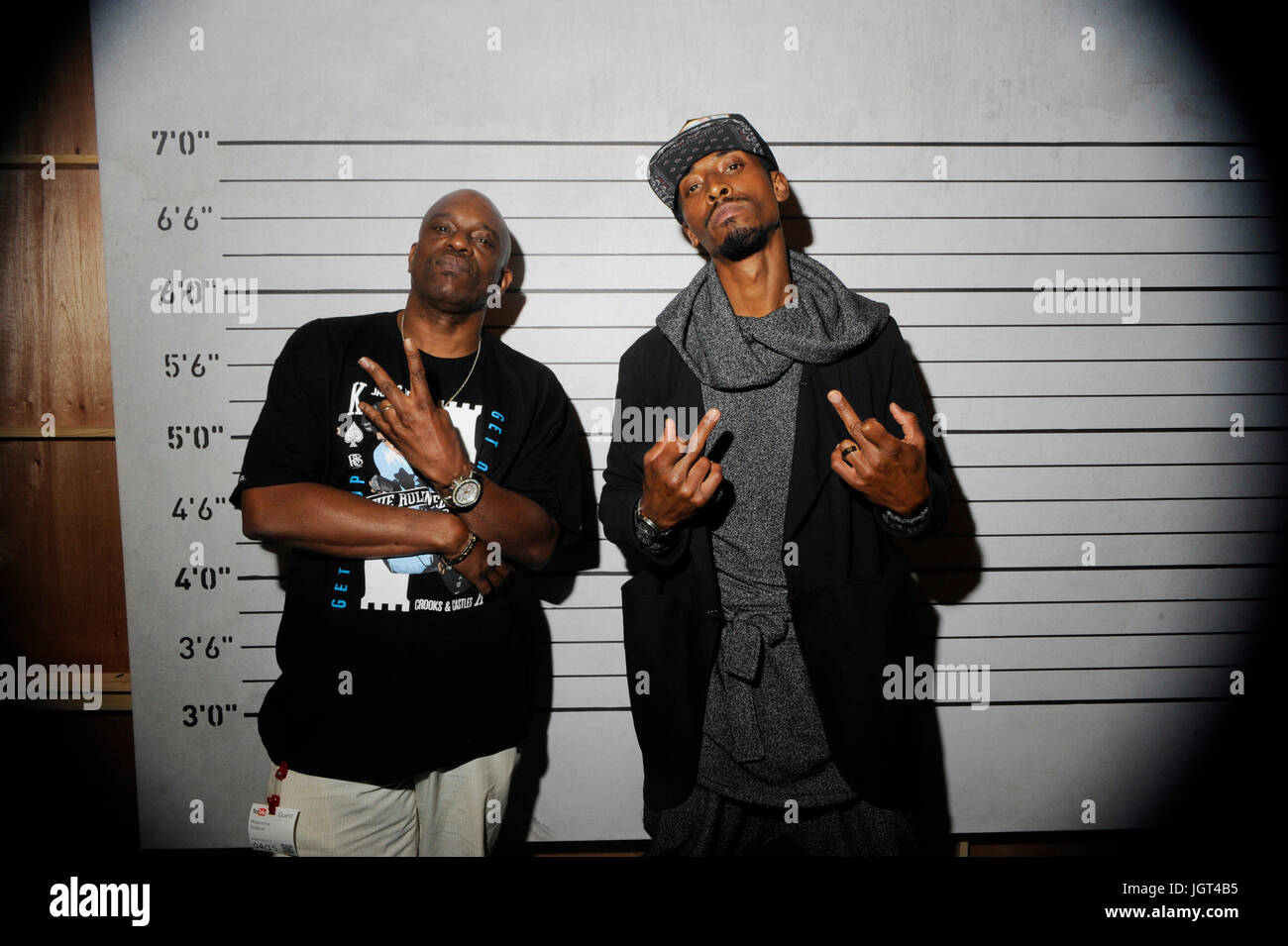


Knight, of course, wanted it this way: Stories of him assaulting producers and rival executives hung over his every interaction.
#2pac height trial#
It was omnipresent in both the label’s output, led by classics like The Chronic and Doggystyle, and in the surrounding drama-Tupac had just joined the roster fresh from prison Snoop was awaiting trial on first-degree murder charges as the article went to press. Violence had been a founding principle of Death Row, which traced its roots to Knight strong-arming Eazy-E-and possibly threatening to harm his mother-to get Dre out of his contract with Ruthless Records, where the producer had redefined gangsta rap with N.W.A. What would happen should someone violate this rule is left unsaid, but anyone with even a passing knowledge of the players involved understood. “I was told by another journalist that no one steps on the logo. “Right in front of his big wooden desk, outlined in white on the red carpet, is the Death Row Records logo: a man strapped to an electric chair with a sack over his head,” Powell wrote.

Dre, and Tupac Shakur posed like Goodfellas-writer Kevin Powell pauses to acknowledge the deference visitors to Knight’s office were expected to pay. In the February 1996 Vibe magazine cover story on Death Row Records-the one that produced the indelible image of Suge Knight, Snoop Dogg, Dr. Up first, we’re exploring Tupac Shakur’s All Eyez on Me and the fall of Death Row records.
#2pac height series#
The 1996 Rap Yearbook, a recurring series from The Ringer, will explore the landmark releases and moments from a quarter-century ago that redefined how we think of the genre. No year in hip-hop history sticks out quite like 1996: It marked the height of the East Coast–West Coast feud, the debut of several artists who would rule the next few decades, and the last moment before battle lines between “mainstream” and “underground” were fully drawn.


 0 kommentar(er)
0 kommentar(er)
